Marine life is swallowing our garbage at alarming rates — and it’s killing them. In 2025, research confirms what conservationists have been warning for decades: what we throw away doesn’t vanish. It drifts, sinks, breaks apart, and too often ends up inside the bodies of whales, turtles, seabirds, and fish. These items don’t just pass through; they cause internal blockages, release toxins, and lead to slow, painful deaths.
This isn’t just an environmental issue. It’s an ethical one. Every piece of trash found in an animal’s stomach represents human negligence. Here are the most common offenders.
1. Plastic Bags and Wrappers
Mistaken for jellyfish or squid, plastic bags and thin wrappers clog digestive tracts, preventing animals from eating real food. Sea turtles are especially vulnerable — post-mortem studies have found their stomachs packed with plastic film.
2. Balloons and Balloon Strings
Celebrations often end in tragedy for marine life. Balloons mimic prey when deflated, and their ribbons or strings can strangle or tangle animals. Birds have been found with entire balloon clusters lodged in their gullets.
3. Fishing Line, Nets, and Ghost Gear
Abandoned fishing gear accounts for an estimated 10% of marine litter globally. When ingested, plastic fibers and hooks tear internal tissue. Ghost gear also entangles and kills countless animals before washing ashore or drifting indefinitely.
4. Bottle Caps and Lids
Small, colorful, and buoyant, caps are irresistible to seabirds and turtles. Ingested caps have been found deep inside albatross chicks, contributing to starvation because their stomachs fill with plastic instead of food.
5. Cigarette Butts
Filters resemble food and leach toxins like nicotine and heavy metals. Studies show cigarette butts are among the most common debris found in the digestive systems of seabirds.
6. Styrofoam and Polystyrene
Styrofoam breaks into tiny, buoyant particles that animals mistake for fish eggs. These particles accumulate toxins and lodge in stomach linings, reducing nutrient absorption.
7. Food Wrappers, Cutlery, and Straws
Grease-stained wrappers and disposable utensils smell like food, luring animals into eating them. Straws can pierce stomach linings or airways, causing immediate injury or death.
8. Microplastics from Clothing
Synthetic fabrics shed microfibers every time they’re washed. These microscopic plastics end up in plankton feeders like mussels and krill, moving up the food chain — all the way to humans.
9. Toys and Household Items
From plastic army men to fragments of toothbrushes, random household objects turn up in stomach dissections. Their shapes and colors confuse wildlife, leading to fatal ingestion.
10. Metal Cans and Aluminum Debris
Though less common than plastics, sharp-edged cans are deadly. They cut tissue, rust internally, and leach heavy metals into the digestive system.
The Human Toll on Marine Diets
The 2025 Global Marine Debris Impact Report revealed:
- Over 81 of 123 marine mammal species have ingested plastic.
- All seven sea turtle species are impacted by marine debris ingestion.
- An estimated 1 million seabirds die each year from eating plastic.
These numbers haven’t plateaued — they’re climbing.
Why This Matters
When marine animals die from eating our trash, ecosystems suffer. Predators lose prey, food webs destabilize, and declining biodiversity reduces ocean resilience to climate change. But there’s also a moral obligation: we created this problem, and we have the power to fix it.
How to Reduce This Garbage-to-Stomach Pipeline
- Refuse single-use plastics — especially bags, caps, and wrappers.
- Never release balloons.
- Support bans on foam and unnecessary plastic packaging.
- Buy clothing made from natural fibers.
- Participate in cleanups — land and sea.
- Advocate for fishing gear recovery programs.

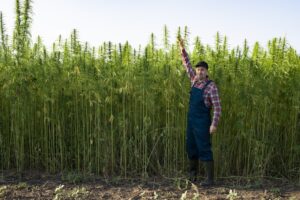
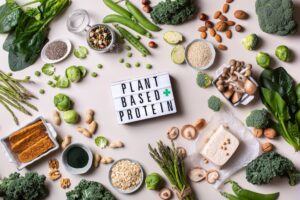
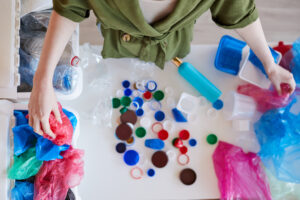


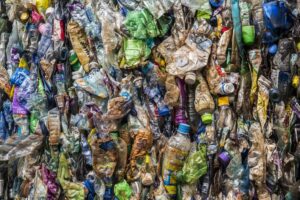
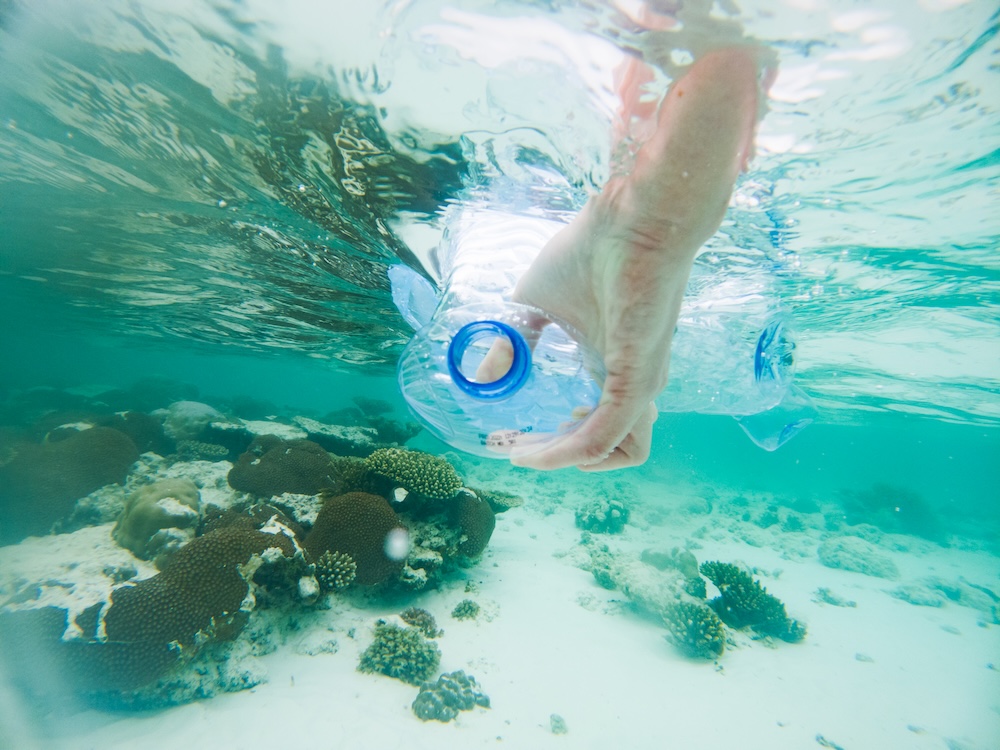

Reader Interactions